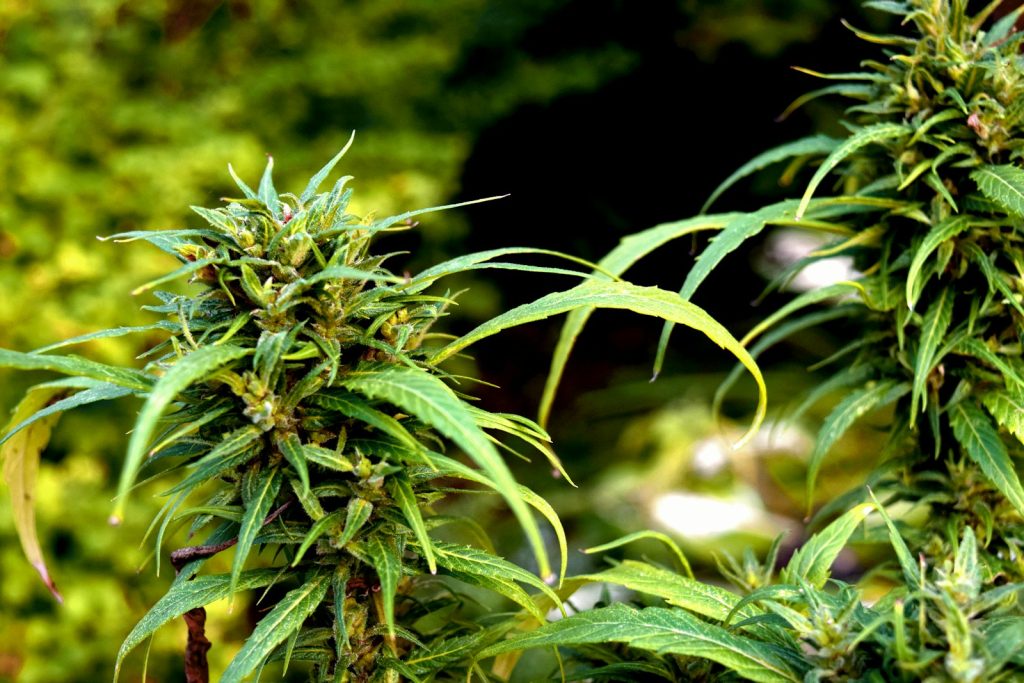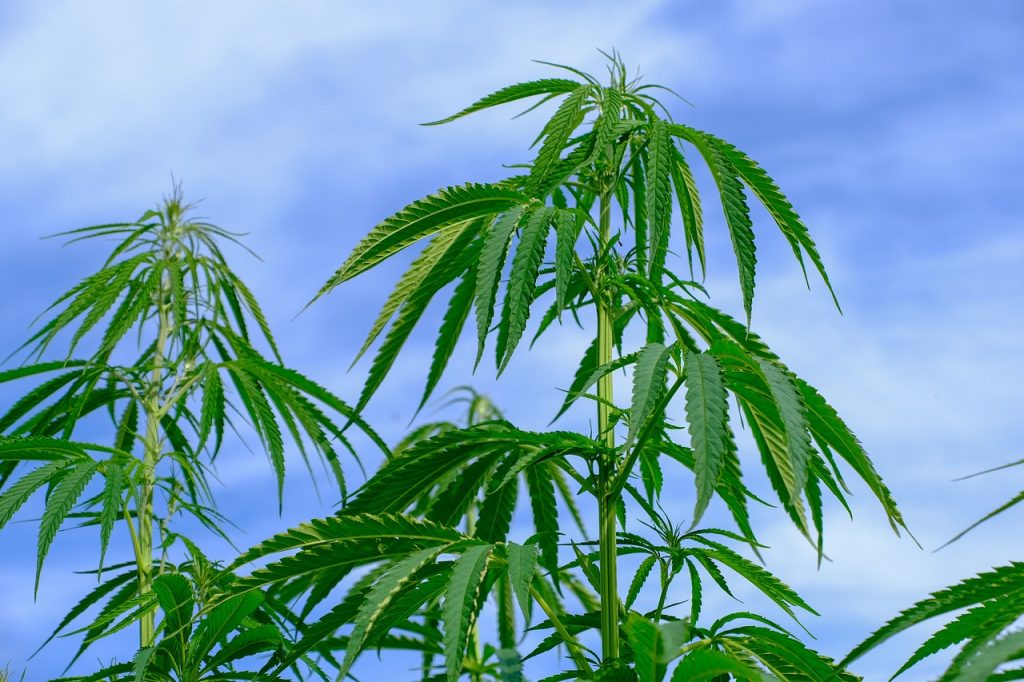Whether you’re a beginner or an experienced grower, understanding the genetic makeup of cannabis is crucial for achieving optimal results in cultivation. In this introduction, we are providing key information on the fundamentals of cannabis genetics, including genotype, phenotype, and the influences they have on plant characteristics. At the conclusion, we hope you’ll have a firm grasp of the fundamentals to improve your cannabis plant growth techniques and realize its full potential.
Genetics and Cannabis
Understanding the Basics
When it comes to cannabis growing, understanding genetics is essential. Genetics plays a crucial role in determining the characteristics of the cannabis plant, such as its growth patterns, potency, and terpene profiles. By gaining a deeper understanding of cannabis genetics, growers can maximize their yields and produce high-quality and consistent cannabis products.
The Role of Genetics in Cannabis Growing
Genetics has a significant impact on the growth and development of cannabis plants. It determines how the plant will respond to different environmental conditions, including nutrient availability, temperature, and light intensity. By understanding the genetic makeup of a cannabis strain, growers can tailor their cultivation techniques to optimize the plant’s growth and maximize its potential.
The Basics of Cannabis Genetics
The Cannabis Plant
Cannabis, scientifically known as Cannabis sativa, is a plant species that has been used for various purposes for thousands of years. It is believed to have originated in Central Asia and has evolved into different varieties, each with its distinct characteristics. The cannabis plant consists of various parts, including the flowers, leaves, stems, and roots, each serving a unique purpose in the plant’s life cycle.
The Role of Genetics in Plant Characteristics
Genetics plays a crucial role in determining the characteristics of cannabis plants, such as their height, leaf shape, and flowering time. Each cannabis strain has a unique genetic makeup, which influences its growth patterns and other physical attributes. By understanding the genetic traits of different strains, growers can select the ones that best suit their cultivation goals and desired outcomes.

The diverse characteristics of cannabis
The History of Cannabis Genetics
Origins and Evolution of Cannabis
Cannabis has a rich history that dates back thousands of years. It is believed to have originated in Central Asia and subsequently spread to different parts of the world. Over time, cannabis has evolved through natural selection and human intervention, leading to the development of various strains with distinct characteristics. The history of cannabis genetics is closely intertwined with its historical use and cultivation practices.
Historical Use and Cultivation of Cannabis
Throughout history, cannabis has been used for a wide range of purposes, including medicinal, recreational, and industrial applications. Ancient civilizations, such as the Egyptians and the Chinese, documented the use of cannabis for its therapeutic properties. Cultivation practices have also evolved, with different regions developing their unique strains suited to their local conditions and cultural preferences.
The Importance of Genetics in Cannabis Growing
Quality and Consistency of Cannabis Products
Genetics plays a crucial role in determining the quality and consistency of cannabis products. By selecting strains with desirable genetic traits, growers can produce high-quality cannabis with specific cannabinoid and terpene profiles. Consistency in the genetic makeup of a strain ensures that each batch of cannabis has similar characteristics, providing consumers with a reliable and predictable experience.
Maximizing Yield and Potency
Genetics also plays a vital role in maximizing the yield and potency of cannabis plants. By selecting strains that are known for their high yields or specific potency levels, growers can optimize their cultivation techniques to achieve the desired outcomes. Understanding the genetic traits that contribute to yield and potency allows growers to make informed decisions when it comes to strain selection and cultivation practices.

Cannabis Genetics and Breeding
Selective Breeding Techniques
Selective breeding is a fundamental technique used in cannabis genetics and breeding. It involves choosing plants with desirable traits and crossing them to create offspring with those desired traits. Over time, this process leads to the development of new strains with specific characteristics. Selective breeding allows growers to tailor the genetic makeup of cannabis strains to meet their cultivation goals and consumer preferences.
Crossbreeding and Hybridization
Crossbreeding and hybridization are techniques used to introduce genetic diversity into cannabis strains. By crossing different strains, growers can combine desirable traits and create offspring that exhibit a combination of characteristics from both parent plants. Hybrid strains are known for their unique properties and are highly sought after by growers and consumers alike.
Understanding Cannabis DNA
The Genetic Code of Cannabis
Cannabis DNA contains the genetic information that determines the plant’s traits and characteristics. The genetic code is made up of nucleotides, which are the building blocks of DNA. By sequencing the DNA of cannabis plants, scientists can identify specific genes and markers that contribute to various traits, such as THC and CBD production, as well as terpene profiles.
Variation and Mutation
Variation and mutation are essential aspects of cannabis genetics. Genetic variation refers to the presence of different traits within a population of cannabis plants. This variation allows for the selection and breeding of plants with desirable traits. Mutation, on the other hand, occurs when there is a change in the genetic code, resulting in new traits or characteristics. Mutation plays a part in the natural evolution of cannabis plants.

Identifying Cannabis Phenotypes
Phenotype vs. Genotype
In genetics, phenotype refers to the observable or expressed characteristics of an organism, while genotype refers to the genetic makeup or the combination of genes present in an organism. When it comes to cannabis, phenotype refers to the physical traits and characteristics of a plant, such as its height, leaf shape, and flower color. Genotype, on the other hand, determines the potential range of traits that a plant can exhibit.
Traits and Characteristics
Cannabis plants exhibit a wide range of traits and characteristics, which can vary depending on the genetic makeup of the strain and environmental factors. Traits include plant height, leaf shape, flower structure, aroma, and overall growth patterns. By being able to identify and understand these traits, growers can make informed decisions about strain selection and cultivation techniques.
Genetic Variation in Cannabis
Landrace vs. Hybrid Strains
Genetic variation in cannabis can be seen in the form of landrace strains and hybrid strains. Landrace strains are indigenous strains that have evolved naturally in specific geographic regions. These strains are often recognized for their unique characteristics and are prized for their genetic purity. Hybrid strains, on the other hand, are the result of crossbreeding different strains to create offspring with desired traits. They offer a combination of characteristics from both parent plants.
Indica, Sativa, and Ruderalis
Sativa, indica, and ruderalis are three broad categories of cannabis, each with its distinct traits and characteristics. Indica strains are known for their relaxing and sedative effects, sativa strains are associated with uplifting and energizing effects, while ruderalis strains are characterized by their autoflowering trait. The genetic variation within these categories contributes to the wide range of effects and experiences associated with different cannabis strains.
Understanding the Differences
Indica
Indica strains are renowned for their relaxing and sedative effects, making them a popular choice for evening use or for those looking to alleviate stress, anxiety, or chronic pain. Indica plants typically have broad leaves and are shorter and bushier in stature compared to Sativa plants, making them well-suited for indoor growing.
- Examples:
- Northern Lights: A classic Indica strain known for its potent relaxation effects, often used to treat insomnia and pain.
- Granddaddy Purple (GDP): Famous for its deep purple color and sweet, grape-like flavor, GDP is often used to combat stress, pain, and insomnia.
- Afghan Kush: A heavy-hitting strain originating from the Hindu Kush mountain range, known for its calming effects and earthy, sweet aroma.
Sativa
Sativa strains are associated with uplifting and energizing effects, making them ideal for daytime use or for social situations. These strains are often chosen by those seeking to enhance creativity, focus, or overall mood. Sativa plants are typically taller and have narrower leaves than Indica plants, with a longer flowering time.
- Examples:
- Sour Diesel: A highly popular Sativa strain known for its energizing effects and pungent, diesel-like aroma. It’s often used to combat fatigue and depression.
- Jack Herer: Named after the famous cannabis activist, this strain is praised for its clear-headed and creative effects, making it a favorite among artists and writers.
- Durban Poison: A pure Sativa strain originating from South Africa, known for its sweet, earthy aroma and energizing effects that are perfect for outdoor activities.
Ruderalis
Ruderalis strains are unique in that they are autoflowering, meaning they automatically transition from the vegetative stage to the flowering stage regardless of the light cycle. This trait makes them particularly valuable for breeders, as it allows for faster growth cycles. However, Ruderalis strains are generally lower in THC content and are not commonly used on their own for recreational or medicinal purposes.
- Examples:
- Lowryder: A strain bred specifically for its autoflowering trait, making it a good choice for growers looking for a quick harvest. It’s often crossed with other strains to create autoflowering hybrids.
- Diesel Ryder: A cross between Lowryder and NYC Diesel, this strain retains the autoflowering trait while offering a higher THC content, making it popular among home growers.
- Quick One: Another autoflowering strain that matures quickly, ideal for those who want a fast-growing plant with mild, relaxing effects.
Genetic Variation and Effects
The genetic variation within these three categories—Indica, Sativa, and Ruderalis—contributes to the wide range of effects and experiences associated with different cannabis strains. Many modern strains are hybrids, combining traits from multiple types to create a specific balance of effects tailored to the needs of the user. Understanding these distinctions can help consumers and cultivators choose the right strain for their desired experience or cultivation goals.
Key Genes and Markers in Cannabis
THC and CBD Production
THC (tetrahydrocannabinol) and CBD (cannabidiol) are two key cannabinoids that contribute to the therapeutic properties of cannabis. The production of these cannabinoids is regulated by specific genes within the cannabis plant’s genetic code. Understanding the genes and markers associated with THC and CBD production allows breeders and growers to select strains with desired cannabinoid profiles and optimize cultivation practices.
Terpene Profiles
Terpenes are aromatic compounds found in cannabis that contribute to its flavor and aroma. Different strains have distinct terpene profiles, which not only affect the sensory experience of consuming cannabis but may also have therapeutic effects. By identifying the genes and markers responsible for terpene production, breeders and growers can select strains with desired terpene profiles, offering consumers a wide range of flavors and aromas.
Genetic Testing for Cannabis
Methods and Techniques
Genetic testing for cannabis involves analyzing the DNA of the plant to identify specific genes and markers. This can be done through various methods, including DNA sequencing and polymerase chain reaction (PCR) techniques. These techniques allow breeders and growers to gain a comprehensive understanding of the plant’s genetic makeup and make informed decisions about strain selection and cultivation practices.
Benefits and Limitations
Genetic testing offers several benefits to cannabis growers and breeders. It provides valuable information about the genetic traits of a strain, allowing for informed decision-making and strain selection. Genetic testing also helps in ensuring genetic consistency and identifying potential genetic issues. However, it is important to note that genetic testing is not without its limitations. It can be costly and time-consuming, and not all traits can be accurately predicted through genetic testing alone. Therefore, genetic testing should be used as a tool in conjunction with other cultivation practices and considerations.
In conclusion, genetics plays a fundamental role in cannabis growing. Understanding the basics of cannabis genetics, the history of cannabis genetics, and the importance of genetics in cannabis growing allows growers to make informed decisions about strain selection, cultivation techniques, and maximizing yield and potency. By exploring the world of cannabis genetics, growers can unlock the full potential of their plants and produce high-quality and consistent cannabis products.
© 2024 by Lazarat.com. All rights reserved. No part of this document may be reproduced or transmitted in any form or by any means, electronic, mechanical, photocopying, recording, or otherwise, without prior written permission of Lazarat.com.

Leave a Reply